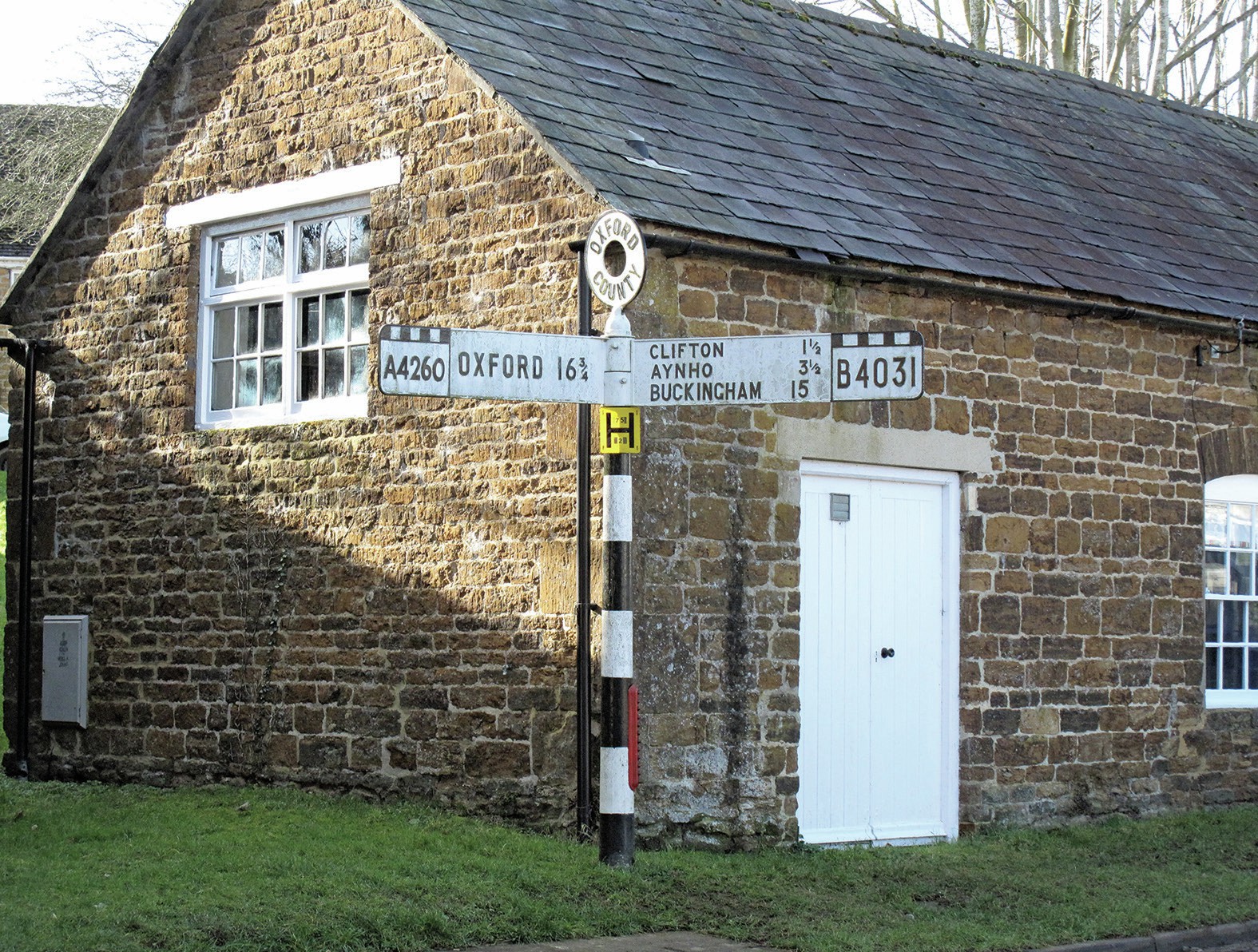
Geographical Skills in the last issue of GEOGRAPHY REVIEW (Vol. 29, No. 2) looked at the importance of the 2011 UK census data in your own fieldwork and research. This column focuses on the mechanics of getting, managing and processing census/deprivation data, including the use of Geographical Information Systems (GIS) to look for patterns and analyse geodemographic data at the local scale.
You know from the last Geographical Skills column that census data are organised geospatially. This means that, in theory, the data can be easily viewed, organised and analysed. Raw-format census data can be downloaded in a spreadsheet from the Office for National Statistics (ONS) Neighbourhood Statistics website.
Your organisation does not have access to this article.
Sign up today to give your students the edge they need to achieve their best grades with subject expertise
Subscribe




